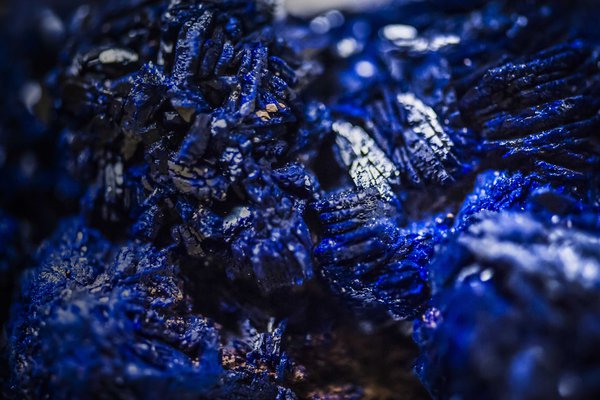How the Australian Museum and Tokyo Museum worked together to build their natural history collections.
In the 19th century natural history museums from around the world worked together to provide eye catching displays.
Enthusiastic local naturalists assisted 19th century natural history museums build up specimens of local fauna often resulting in large, but duplicate collections. How could the exotic from across the planet be laid before the eyes of the demanding public? Museums adopted the practice of “swapping specimens”, known as exchanges, with other institutions.
A perusal of the early Australian Museum records shows the museum frequently exchanging with institutions from Europe and North America, but what of our Asian neighbours? Showing no distinction the Museum responded to their requests to participate in mutually beneficial exchanges. Within a short time of its establishment in the 1870’s the Tokyo Museum was writing to discuss an exchange. In the days when the speed of communication was at the mercy of the winds, negotiations could take years. Despite this two significant 19th century exchanges involving hundreds of birds, fish, mammals, molluscs and minerals leaving Australia were completed with the Tokyo Museum.
Many, though not all, of the exchanged specimens were from the registered collections. Working meticulously, Australian Museum staff deaccessioned specimens in the Collection Registers by noting the name of the institution it was sent to. An accompanying “exchange letter” listed every registered specimen to assist the receiving museum correctly identify its new specimens. What if the staff made a mistake?

© Australian Museum
Recently the AM Archives was visited by two Japanese scientists, Ms Kobayashi and Dr Kato who were on the track of the hundreds of birds that were part of the Tokyo Museum/Australian Museum exchange. Not only were there incorrect names in the letter of exchange but the Tokyo museum had subsequently transferred the bird collection to the Yamashina Institute for Ornithology thus further hampering the naming of each bird. Amazingly the original AM metal identification tags were still attached to some birds. By painstakingly reconstructing the exchange process they not only identified their specimens but also gleaned further contextual collection information that had not been sent with the original exchange.
The Yamashina Institute for Ornithology now has more knowledge of its nearly 140 year old bird collection though this was only possible because the Australian Museum valued and cared for its institutional archives.












